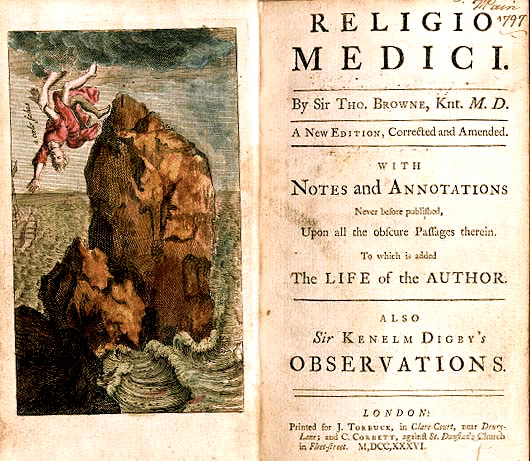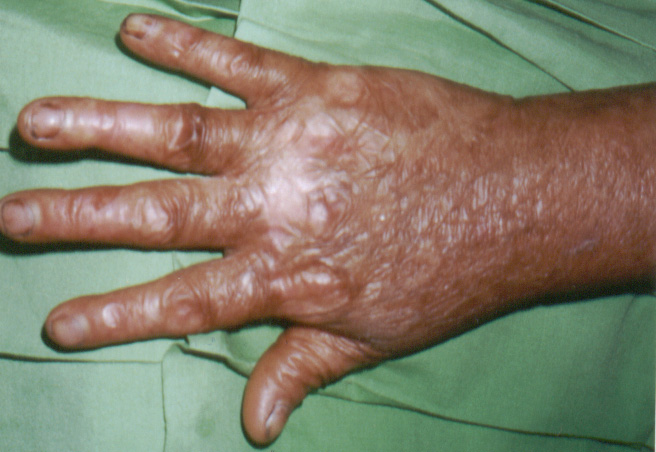In the work "Tractado contra el mal serpentino" written in 1510 and published in 1539, Ruy Diaz de Isla refers to have cured, during the travel of return in Europe, many members of the shipment of Columbus, affections from certain luetic manifestations and thinks the new disease was imported from Hispaniola (Haiti).
Bartolomè de Las Casas had conceived the same opinion. In the "Historia de Las Indias" he wrote as between the Conquistadores the idea of the "bestiality" of the wild Americans was prevalent and the disease would have been known already previously in the New World.
Moreover the most modern historiography places the accent on the instrumentalization of this idea to the ends of the colonial enslavement. The aborigines: lustful, inferiors, "homuncoli" (De Oviedo), naturally needy of being converted and to receive, therefore, with the faith also the slavery.
Prof. Camillo O. DI CICCO, M.D.
XIth Congress of the European Academy of Dermatology and Venereology, Prague.
The first studies of the disease go back to 1846 by B.C. Brodie, which describes a picture of lipomatosis symmetrical disseminated with interest of the neck in the job " Clinical Lectures on Surgery, Delivered at St George's Hospital " Philadelphya, Lea and Blanchard (pub) 1846 Pp 201-210.
Subsequently such picture was described from Huguier (1855)), Founder (1863) and Vermeuil (1888).
In the same year Otto W.
"Men that look no further than outside think health an appurtenance unto life and quarrel with our condition of being sick. But I who have looked at the innermost parts of man and known what tender filaments that fabric hangs on oft wonder that we are not always so. And considering the thousand doors that lead to death do thank our God that I can die but once".Religio Medici -Sir Thomas Browne (1605-1682).
Even though Brodie is said to have first described diffuse symmetrical lipomatosis with predilection for the neck already in the 1846 (Clinical Lectures on Surgery, Delivered at St. George's Hospital Philadelphia: Lea and Blanchard pub. Pp 201-201. Brodie, B.C.) still unknown is today the pathogenesis of Launois Bensaude' Lipomatosis.
Klopstock et Al. are found in muscle biopsy specimens ragged and red fibers, pathologic subsarcolemmal accumulations of mitochondria, suggesting a mitochondrial abnormality. Biochemical analysis of respiratory chains shows a decreased of cytochrome c oxidase activity.
A case is reported of a 28 year old man referring the appearance of swollen blisters due to insignificant trauma since birth. Later he noticed progressive changes of the skin as teleangectasies, atrophic spots, sensivity to sun, dystrohic fingermails and webbing between fingers.The patient was hospitalized several times for an appropriate diagnosis and asked for the permission to undergo an operation of plastic surgery in Paris to correct webbing of the hands.
The rare association of two congenital diseases, epidermolysis bullosa dystrophica and poikiloderma, leads to the diagnosis of a Kindler syndrome.
Incontinentia pigmenti is a rare genodermatosis also called Bloch-Sulzberger syndrome or Bloch-Siemens, that shows early at birth or in the neonatal period.In its classical form,the cutaneous symptomatology develops through three steps.
1st step, with evidence of injuries, of erythematic-vescicular-blistered kind and one wave after another, linearly positioned and involving upper body and limbs;haematic hypereosinophilia is also present.
2nd step, that pops up between the second and the sixty life-week with papulo-lichenoid injuries,hyperkeratosic and warty, looking as elongatad striae in the distal limbs section ( knee, foot-and hand back ).
3rd step, when at third-sixth month of life dark pigmented spots appear at the upper body level, positioned like a vortex, a whirl or spurts.
 Economic crisis, bank failures and plague in the Middle Ages.
Economic crisis, bank failures and plague in the Middle Ages. Plague and Vampirism in the Middle Ages
Plague and Vampirism in the Middle Ages "The Miroir Des Simples âmes" Marguerite La Porete
"The Miroir Des Simples âmes" Marguerite La Porete  Biological Weapons
Biological Weapons









